Explore Bikaner: Places to Visit and More!
Bikaner, a city nestled in the heart of the Thar Desert in the northwestern state of Rajasthan, India, is a treasure trove of history, culture, and architectural marvels. This vibrant desert town, often overshadowed by its more famous counterparts like Jaipur and Udaipur, deserves a spotlight of its own.
In this travel blog post, we will embark on a virtual journey to explore the enchanting city of Bikaner, uncovering its hidden gems, historical landmarks, and the rich tapestry of experiences that await every traveler.
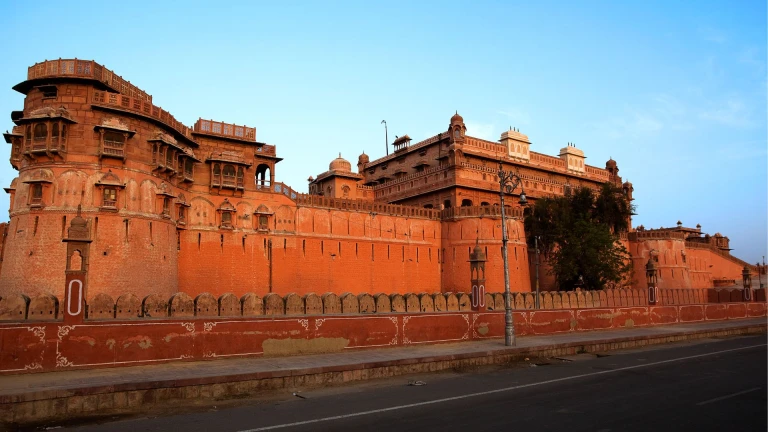
Best Time to Visit
The ideal time to visit Bikaner is during the winter months (October to March) when the weather is pleasant, and outdoor exploration is comfortable. Summers can be scorching, so plan accordingly if you choose to visit during this season.
Also Read: 11 Things To Do in Jodhpur for a Memorable Holiday
A Glimpse into Bikaner's History
Before delving into the modern wonders of Bikaner, it's essential to understand the city's historical significance. Founded in the late 15th century by Rao Bika, a Rathore prince, Bikaner has witnessed the rise and fall of empires and the ebb and flow of time. The city's historical roots are beautifully preserved in its architecture, museums, and folklore.
The Junagarh Fort
Our journey begins at the heart of Bikaner, the magnificent Junagarh Fort. Built in 1593 by Raja Rai Singh, a general in the army of the Mughal Emperor Akbar, this fort stands as a testament to the architectural brilliance of the time. Its imposing walls, adorned with intricate carvings and majestic gates, invite visitors to step back in time and explore the opulent lifestyle of the Rajput rulers.
As you wander through the various courtyards, palaces, and temples within the fort complex, each telling its own story, you'll be captivated by the artistry that has stood the test of centuries. Don't miss the Anup Mahal, Chandra Mahal, and the Phool Mahal, each offering a unique glimpse into the royal past of Bikaner.
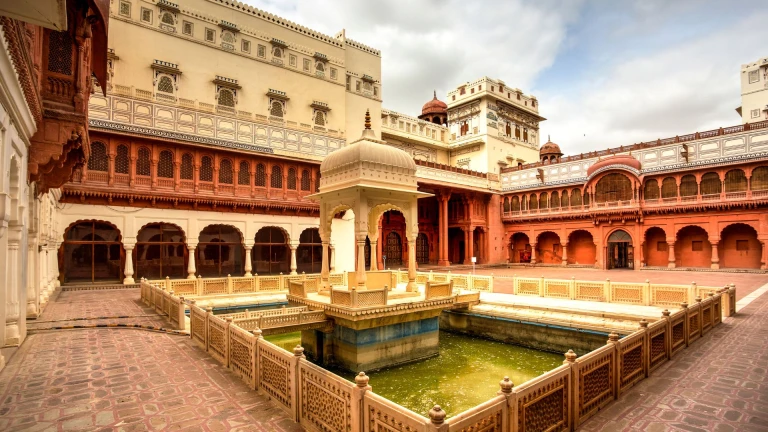
Karni Mata Temple - The Rat Temple
A short drive from the Junagarh Fort brings us to the bizarre yet fascinating Karni Mata Temple. Also known as the Rat Temple, this shrine is dedicated to Karni Mata, a revered sage believed to be an incarnation of Goddess Durga. What makes this temple truly unique is its resident population of rats, considered sacred and worshipped by the devotees.
As you navigate through the temple's halls, be prepared for an otherworldly experience surrounded by thousands of rats, fearlessly going about their business. The temple's aura is unlike any other, and the story behind this unusual tradition adds a layer of mystique to the visit.
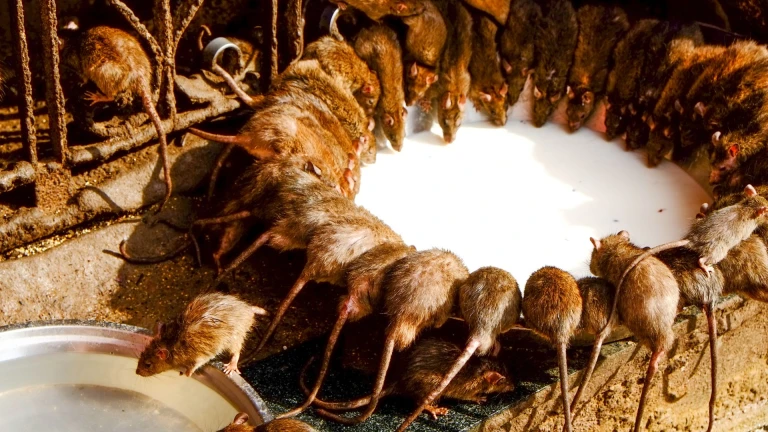
Culinary Delights of Bikaner
No travel experience is complete without savoring the local cuisine, and Bikaner offers a delectable array of traditional Rajasthani dishes that will tantalize your taste buds. From spicy snacks to mouthwatering sweets, Bikaner's culinary scene is a celebration of flavors.
Bikaneri Bhujia
Embark on a culinary adventure by starting with Bikaner's famous snack, Bhujia. This crispy, spicy noodle-like snack made from gram flour is a must-try for every visitor. Head to the local bazaars or the iconic Bikaji shop to sample freshly made Bhujia, and don't forget to pack some for your journey ahead.
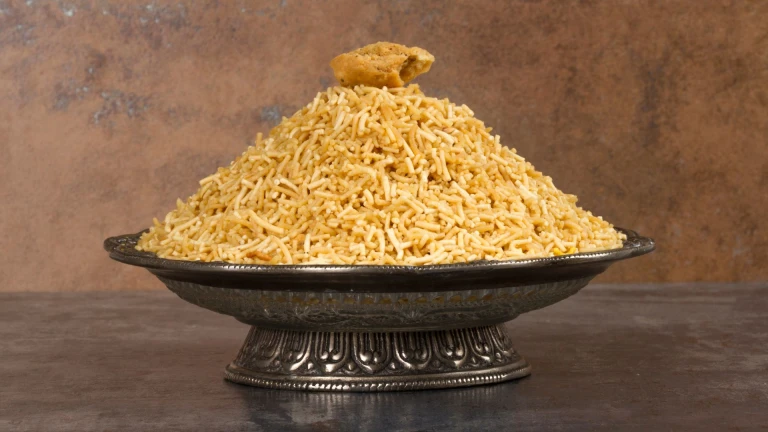
Rajasthani Thali at Kote Gate
For a wholesome Rajasthani meal, head to Kote Gate and dive into a traditional Rajasthani thali. The meal, served on a large platter, includes an assortment of dishes such as Dal Baati Churma, Gatte ki Sabzi, and Ker Sangri. The vibrant flavors and aromatic spices will leave you craving for more.
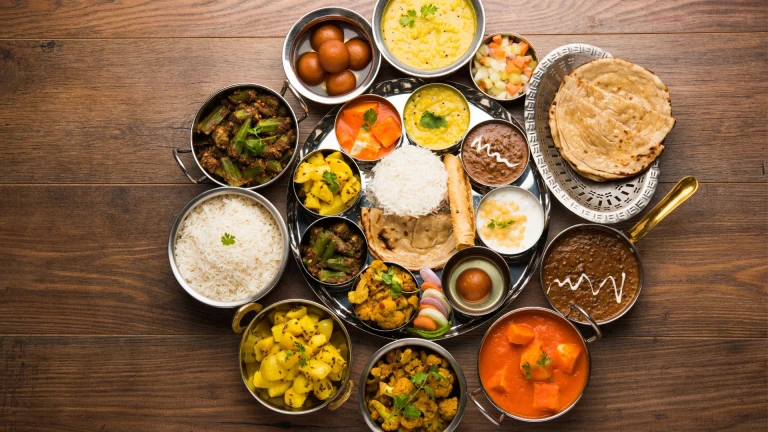
Exploring Bikaner's Architectural Marvels
Bikaner's skyline is adorned with palaces, havelis, and temples that showcase the grandeur of Rajput architecture. Each structure narrates a unique story, inviting travelers to unravel the secrets of a bygone era.
Lalgarh Palace
Built by Maharaja Ganga Singh in the early 20th century, Lalgarh Palace is a splendid example of Indo-Saracenic architecture. The palace, now a heritage hotel, exudes regal charm with its intricate latticework, filigree work, and finely carved pillars. A stroll through the palace's corridors and gardens offers a glimpse into the lifestyle of the erstwhile rulers.
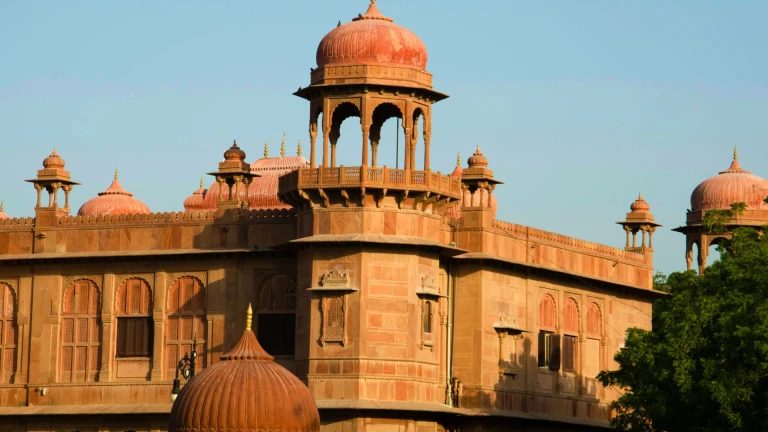
Rampuria Haveli
A walk through the narrow lanes of Bikaner's Old City leads us to the opulent Rampuria Haveli. Built by Balujee Chalva, a wealthy merchant, in the late 19th century, this haveli is a masterpiece of Rajasthani architecture. The façade, adorned with elaborate carvings and jharokhas, tells tales of prosperity and artistic brilliance.
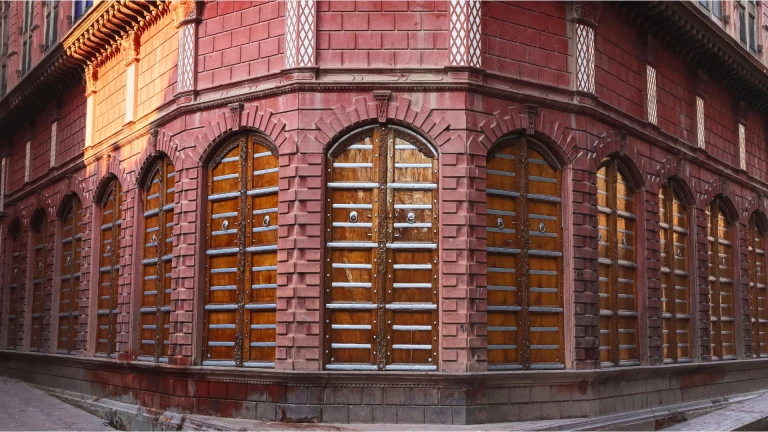
Festivals and Celebrations
Bikaner comes alive during its vibrant festivals, offering visitors a chance to witness the city's cultural vibrancy and traditional fervor.
Camel Festival
Bikaner is synonymous with camels, and the Camel Festival held annually is a testament to the city's close association with these majestic creatures. The festival, celebrated in January, showcases camel races, folk performances, and beautifully adorned camels. It's a visual spectacle that immerses visitors in the desert culture of Bikaner.
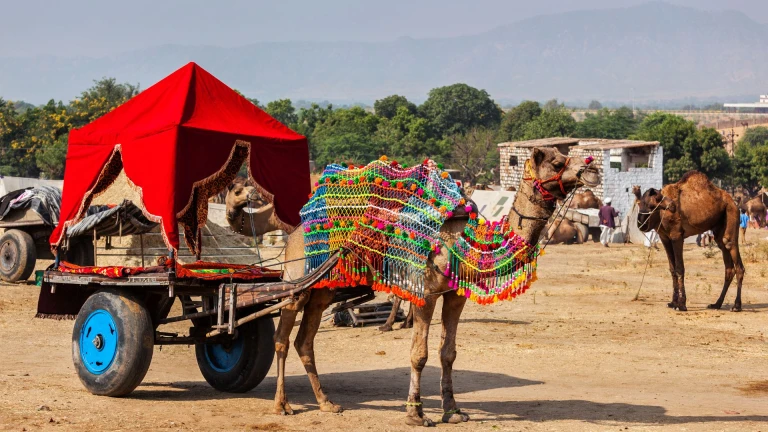
Gangaur Festival
For those visiting in March or April, the Gangaur Festival provides a deeper understanding of Rajasthani traditions. Dedicated to Goddess Gauri, the festival involves colorful processions, traditional dances, and a vibrant display of the city's rich heritage.
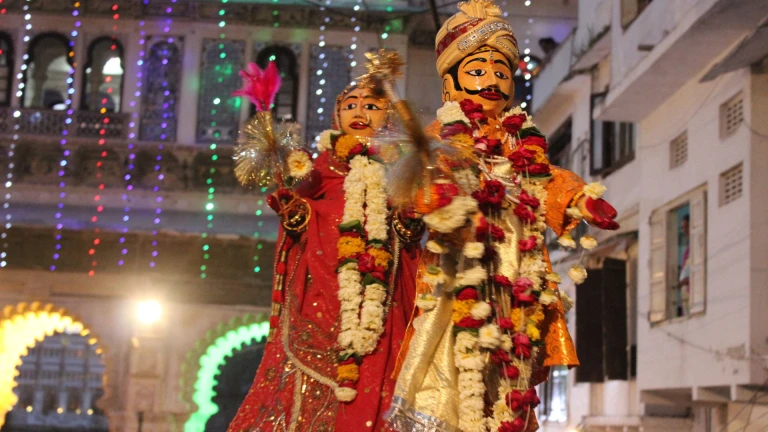
As we wrap up our virtual exploration of Bikaner, it becomes evident that this city is much more than a mere stopover. It's a tapestry woven with threads of history, culture, and culinary delights. Whether you're wandering through the corridors of Junagarh Fort, savoring the flavors of Bikaneri Bhujia, or witnessing the spectacle of the Camel Festival, Bikaner promises an immersive and unforgettable experience.
Also Read: A complete Travel Guide to Mount Abu Rajasthan
So, the next time you plan a trip to Rajasthan, consider venturing beyond the well-trodden paths and discovering the hidden gem that is Bikaner. In its streets, palaces, and festivals, you'll find a city that proudly wears its heritage and welcomes every traveler with open arms. Explore Bikaner, and let the desert winds whisper tales of a bygone era as you create your own unforgettable memories in this enchanting city.
Published at
About Author
Manya Shastry
Subscribe our Newsletter
Get our weekly tips and travel news!
Related Posts
10 amazing hacks for comfortable train journeys in India
Make your Indian train journey comfortable with these 10 hacks: choose the right class, pack essentials, stay hydrated, wear comfy clothing, charge devices, bring entertainment, prioritize safety, book lower berths, use travel apps, and socialize.
10 Amazing New Attractions in Singapore - Indian Travelers Guide 2025
Explore the new yet amazing attractions of Singapore
10 Backpacking Destinations in India that you must check out in 2024
In 2024, explore India's diverse beauty with these 10 must-visit backpacking destinations, offering mountains, beaches, and cultural gems for every traveler.
10 Beach Wedding Destinations in India for Magical Memories
A beach wedding in India is a dream come true for many couples, with its picturesque backdrop of golden sands, azure waters, and stunning sunsets. From the shores of Goa to the beaches of Kerala, this blog has the 10 best wedding locations for you!
10 Best Flea Markets in India for souvenirs and more
Embark on a shopping adventure in India with our guide to the 10 best flea markets, from the vibrant Dilli Haat to Goa's bohemian Anjuna market. Unearth unique souvenirs and experience the cultural richness of each location.
Latest Posts
You don't Need FASTag anymore? Everything you need to know!
No more FASTag from May 1st?
10 Dreamy Experiences for Couples in Kashmir
Fancy some romantic experiences in Kashmir?
How much will a trip to Indonesia cost from India? Travel Budget Guide
Need to budget a tropical getaway from India to Indonesia?
Indian Traveler's 7 Day Itinerary for Island Hopping in Indonesia
Your perfect Indonesian island getaway guide is here!
Best 4-Day Itinerary for Kashmir, India
Ready to fall in love with Kashmir in just four days?

